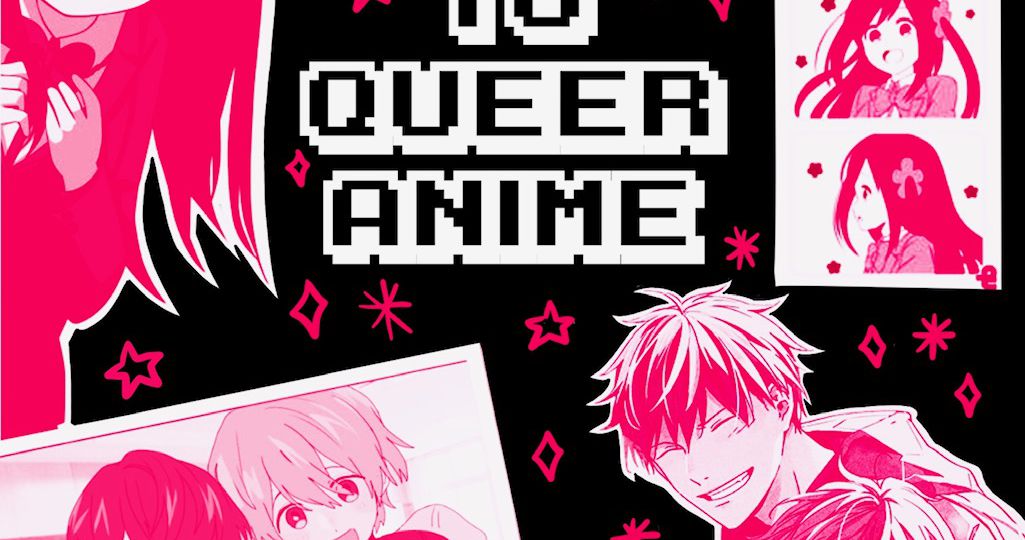
This article was originally published in Gaysi.
Despite the categorization on OTT platforms, Anime is more medium than genre. As a medium, it primarily sets itself apart from live-action counterparts with genres and sub-genres that are technically and culturally diverse. There’s maho shojo or ‘magical girl’ anime, featuring fantastical transformations and female friendships, and the spin-off ‘magical boy’ anime – sub-genres of Japanese fantasy and science fiction. The larger genre includes narratives that can be classified as mecha, usually associated with Giant Robots, and more familiar supernatural or paranormal stories of vampires, ghosts and other non-human beings. There’s also isekai, which involves being transported into a parallel world and harem narratives, as well as reverse-harem narratives (which may or may not be echhi, or anime with sexual innuendos, often comical in nature). You can also find more commonplace themes like mystery, romance, comedy, drama, historical narratives, sports, thrillers and so on. Anime is often based on video games, even dating-sim-like otome games. More often than not, anime is a combination of some or many of these genres and subgenres, or a subversion or deconstruction of the tropes itself.
And while original anime series have only grown since their introduction, the genre is often an adaptation of narratives from manga and novels and, as such, is also a literary as well as artistic form. Some anime is highly literary, some highly technical, and some highly artistic. It all requires some getting used to.
At the same time, anime is also an industry, and the genre and style is often determined by demographic information like gender and age—shoujo or anime for young girls, shonen or anime for younger boys around the age of ten to eighteen, josei or anime for older teenage girls and adult women, and seinen for men of a similar age. Unsurprisingly, shonen is the biggest market everywhere. Anime is also marketed to a larger, more international (i.e. American) audience, brought up on a diet of Disney and superheroes (as American as it gets). Plots and styles are changed to make it more accessible for this milleu, along with subtitles and translated English dubs. There is less moral ambiguity, more action, and more fan service.
Fan service may refer to anything: from intertextuality to robots to the sexualization of women of all ages. Whatever appeals to the fan(s), insensitive or not. Not surprisingly, queer narratives fall primarily into this category of fan service narratives, as B/L or Boys Love (relationships between men) or Yuri (relationships between women) romances. The first is marketed to women, and the latter to men. And while it is common to blame all the ills of the anime industry and its insensitive representations of women and the queer community on fan service (“Blame the fans, not the industry”), examples abound to contradict this. Like the Class-S genre of young women in romantic relationships with each other, but only as preparation for a real heterosexual pairing. Discovering positive, complex narratives about queer individuals in anime can be a difficult task. To some extent, it requires accepting the limits of representational politics, and enjoying television even when it is problematic. But if you are really interested in that specific representation, this Gaysi guide has you covered:
Queer Romances
No. 6
A dystopian narrative about two very different young men, Shiori and Nezume, who genuinely care about each other. Nezume hates Shiori for wanting to save the world that tried to kill him, but also is probably in love with him. Also features Inukashi, a non-binary character who is so loving and so cruel that the main narrative is often purposely distracted by their story development.
Given
Guitar practices, stardom, trauma and a lot of yearning among an all male, all gay cast. More than any other anime I’ve watched, the queerness in Given is also about a community—older gay men advise and thump the backs of their younger friends in crises of love. Includes the most heart-wringing kiss and confession of love there is.
Whispered Words
A complicated romance between two young women, all about independence and heartbreak. There are lots of crushes within one world of non-normative sexuality that slowly opens up for the main characters.
Bloom Into You
A surprisingly beautiful critique of the Class-S genre of Yuri anime. The narrative is full of the joyous discovery of attraction and the subtle touches that become internal monologues of unparalleled complexity, It captures very well the angst, despair and hope of being a young, teenage girl.
Revolutionary Girl Utena
Anything by Kunihiko Ikuhara will promise to pare down tropes, genres and characterization into both pastiche and critique. Revolutionary Girl Utena does just this for magical girl anime, folktales and heroism, and contains some of the most intense romantic scenes between Anthy and Utena. Probably my favourite.